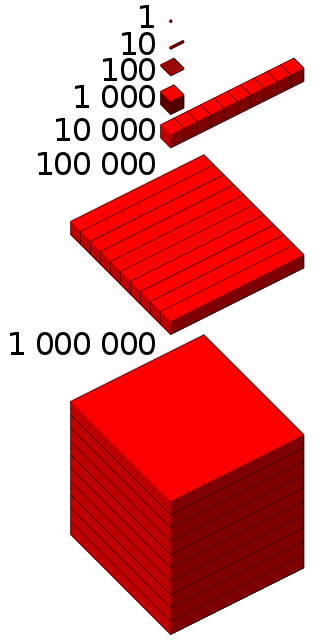76 (seventy-six) is the natural number following 75 and preceding 77.
31 (thirty-one) is the natural number following 30 and preceding 32. It is a prime number.
54 (fifty-four) is the natural number following 53 and preceding 55.
55 (fifty-five) is the natural number following 54 and preceding 56.
93 (ninety-three) is the natural number following 92 and preceding 94.
1000 or one thousand is the natural number following 999 and preceding 1001. In most English-speaking countries, it can be written with or without a comma or sometimes a period separating the thousands digit: 1,000.
300 is the natural number following 299 and preceding 301.
400 is the natural number following 399 and preceding 401.
500 is the natural number following 499 and preceding 501.
700 is the natural number following 699 and preceding 701.
600 is the natural number following 599 and preceding 601.
800 is the natural number following 799 and preceding 801.
900 is the natural number following 899 and preceding 901. It is the square of 30 and the sum of Euler's totient function for the first 54 positive integers. In base 10 it is a Harshad number. It is also the first number to be the square of a sphenic number.
2000 is a natural number following 1999 and preceding 2001.
10,000 is the natural number following 9,999 and preceding 10,001.
5000 is the natural number following 4999 and preceding 5001. Five thousand is the largest isogrammic numeral in the English language.

1,000,000, or one thousand thousand, is the natural number following 999,999 and preceding 1,000,001. The word is derived from the early Italian millione, from mille, "thousand", plus the augmentative suffix -one.

5 (five) is a number, numeral and digit. It is the natural number, and cardinal number, following 4 and preceding 6, and is a prime number. It has garnered attention throughout history in part because distal extremities in humans typically contain five digits.
40,000 is the natural number that comes after 39,999 and before 40,001. It is the square of 200.
70,000 is the natural number that comes after 69,999 and before 70,001. It is a round number.

